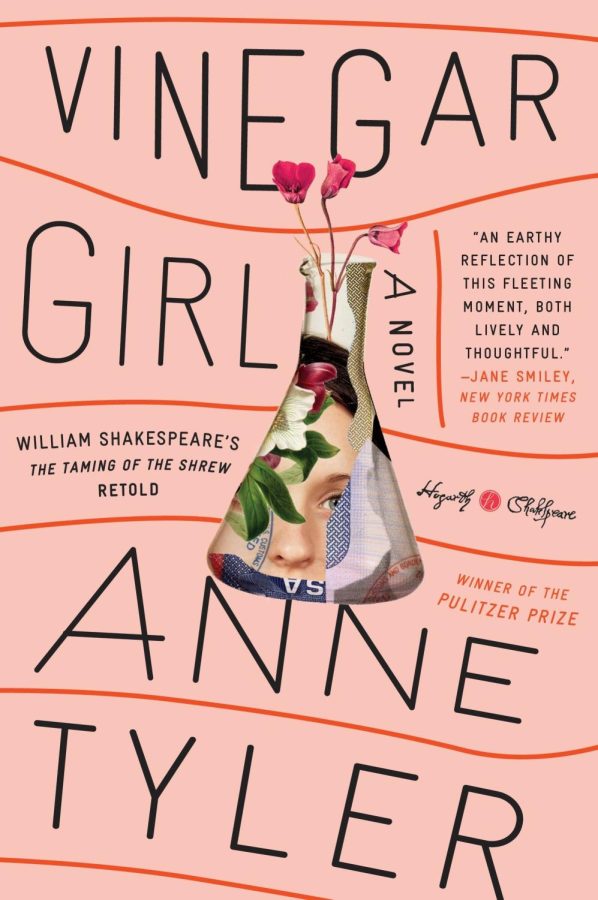“Vinegar Girl”: Book Review
Shakespeare’s “The Taming of the Shrew” Retold
Whether it was in a high school or college literature class, most people have some knowledge about Shakespeare’s many writings. From “Romeo and Juliet” to “Hamlet” and “Othello,” or his many sonnets, most people who have gone through the American public school system have experienced his writing. Anne Tyler brings “The Taming of the Shrew” into the 21st century with “Vinegar Girl.”
Tyler introduces the witty Kate Battista, a preschool teacher living with her younger sister and her father. Kate gardens and performs stereotypical duties of the oldest daughter of a widowed man to make sure the house functions. Her sister, Bunny, is the complete opposite: a carefree, girly, boy-crazy teenager concerned with the boy next door.
The “love interest” is not what you would expect. This novel explores the politics of immigration and the thought of marrying someone to stay in a country when one’s visa expires. Pyotr Cherbakov is Dr. Battista’s research assistant, and his visa is about to expire before their research has produced any results. Battista comes up with the thought that Pyotr could marry Kate and two problems would be solved. Kate wouldn’t be alone and he could keep his very adept research assistant.
Kate is against the idea and is very vocal about the illegality of marrying someone for a green card. As one does in a romance novel, Pyotr tries to woo Kate, spending time with her, getting to know her hobbies, her dislikes and what she wants to do with her future. Gradually, as the story goes on, they find they have a plenty of thins in common and by the end of the story you get a glimpse of the two of them in the future with their son.
The use of the basic story line of Shakespeare’s play is not necessarily a unique thing to do, but Tyler does it in a way that is easily accessible to the general public, and you do not have to dissect what is happening line for line. I would give this book an 8.5 out of 10. It’s a good alternative to the classic play, but I would recommend reading the original “The Taming of the Shrew” at least once in your life.





